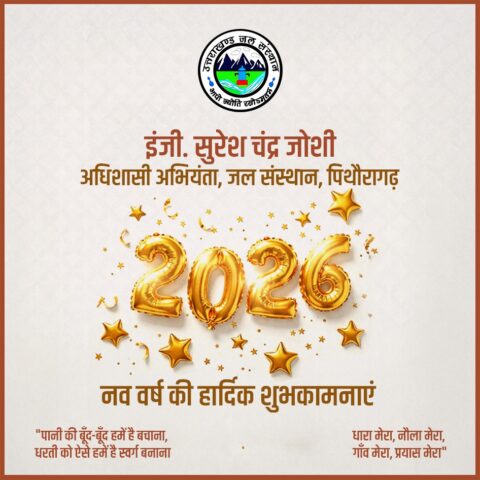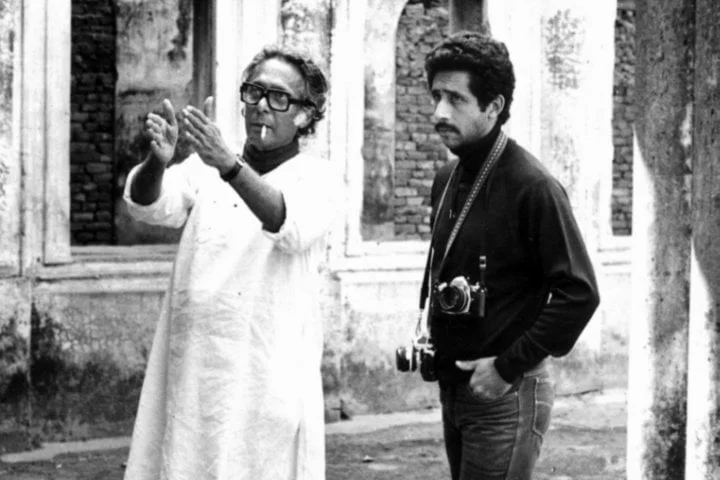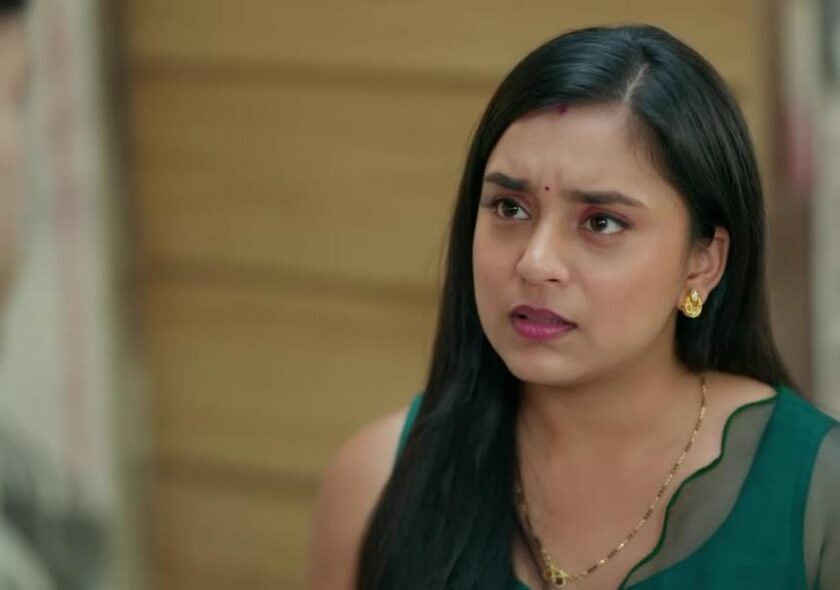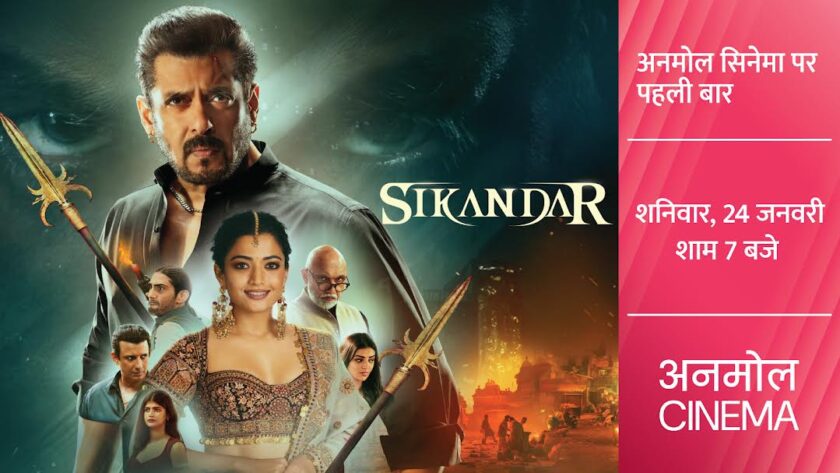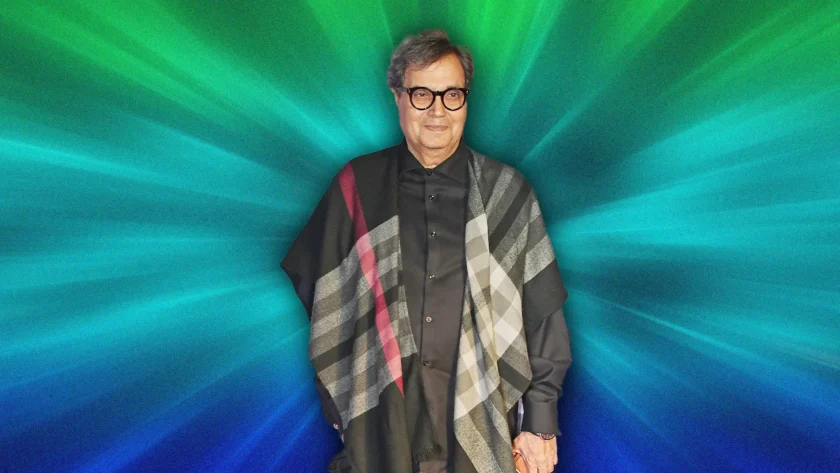Mumbai: Parallel cinema in India, often referred to as the New Indian Cinema or Art Cinema, has been a powerful and influential movement that stands distinct from mainstream Bollywood. Rooted in realism, social critique, and artistic expression, parallel cinema began in the 1950s as a response to the glossy, escapist entertainment that dominated Indian cinema. Its importance lies in how it uses film as a medium to address critical societal issues, experiment with storytelling, and showcase the country’s diverse cultures and languages.
Origins and Key Figures
Parallel cinema emerged as an alternative to commercial films, greatly influenced by the Italian Neorealism movement and pioneers like Satyajit Ray, Mrinal Sen, and Ritwik Ghatak. Satyajit Ray’s Pather Panchali (1955), part of the Apu Trilogy, is considered the cornerstone of this movement. His films reflected the struggles of rural India, poverty, and human resilience, offering an unfiltered glimpse into life’s rawness. Mrinal Sen’s works, like Bhuvan Shome (1969), also played a pivotal role in elevating parallel cinema, bringing out socio-political themes with deep emotional and intellectual layers.

Social and Political Commentary
What sets parallel cinema apart is its commitment to depicting social realities, often ignored in mainstream narratives. Films from this genre tackled issues like caste discrimination, poverty, corruption, gender inequality, and exploitation of marginalized communities. For instance, Shyam Benegal’s Ankur (1974) showcased the oppressive feudal system in rural India, while Manthan (1976) depicted the White Revolution through the lens of dairy farmers. Govind Nihalani’s Aakrosh (1980) portrayed the voicelessness of the oppressed, and his Ardh Satya (1983) reflected on police corruption and individual moral dilemmas.
Artistic Freedom and Experimentation
Unlike Bollywood’s formulaic structure, parallel cinema gave filmmakers the freedom to experiment with narrative techniques, character development, and visual storytelling. It emphasized character-driven plots, long takes, minimalistic dialogue, and realistic settings, often foregoing melodrama for subtler emotions. Directors like Mani Kaul and Kumar Shahani introduced avant-garde filmmaking to Indian cinema, focusing more on visual poetry and abstract symbolism.
Regional Cinema’s Contribution
Parallel cinema wasn’t confined to Hindi films. In fact, regional cinema played a crucial role in the movement. Bengali, Malayalam, Marathi, and Kannada films were particularly significant. Adoor Gopalakrishnan’s Elippathayam (1981) in Malayalam, Girish Kasaravalli’s Ghatashraddha (1977) in Kannada, and Aparna Sen’s 36 Chowringhee Lane (1981) in Bengali are notable examples that brought out regional issues with authenticity and a fresh cinematic approach.

The Decline and Revival
By the late 1980s, the popularity of parallel cinema began to wane due to the rise of commercial cinema’s dominance, changing audience tastes, and a lack of funding for art films. However, the early 2000s saw a resurgence of socially conscious films with directors like Anurag Kashyap (Black Friday, Gangs of Wasseypur), Vishal Bhardwaj (Maqbool, Omkara), and Ritesh Batra (The Lunchbox). These filmmakers blended elements of mainstream cinema with the nuanced storytelling of parallel cinema, giving rise to what’s often termed as the “middle cinema.”
Legacy and Impact
Parallel cinema’s influence on Indian society and its film industry is undeniable. It provided a platform for exploring complex human emotions, questioning societal norms, and bringing marginalized voices to the forefront. Moreover, it opened the doors for future filmmakers to challenge the status quo and create films that go beyond entertainment to reflect India’s socio-political fabric.
Parallel cinema stands as a testament to the power of storytelling in shaping cultural consciousness, offering an important counter-narrative to Bollywood’s glamorized depictions. Its legacy continues to inspire contemporary filmmakers in India and across the globe.




